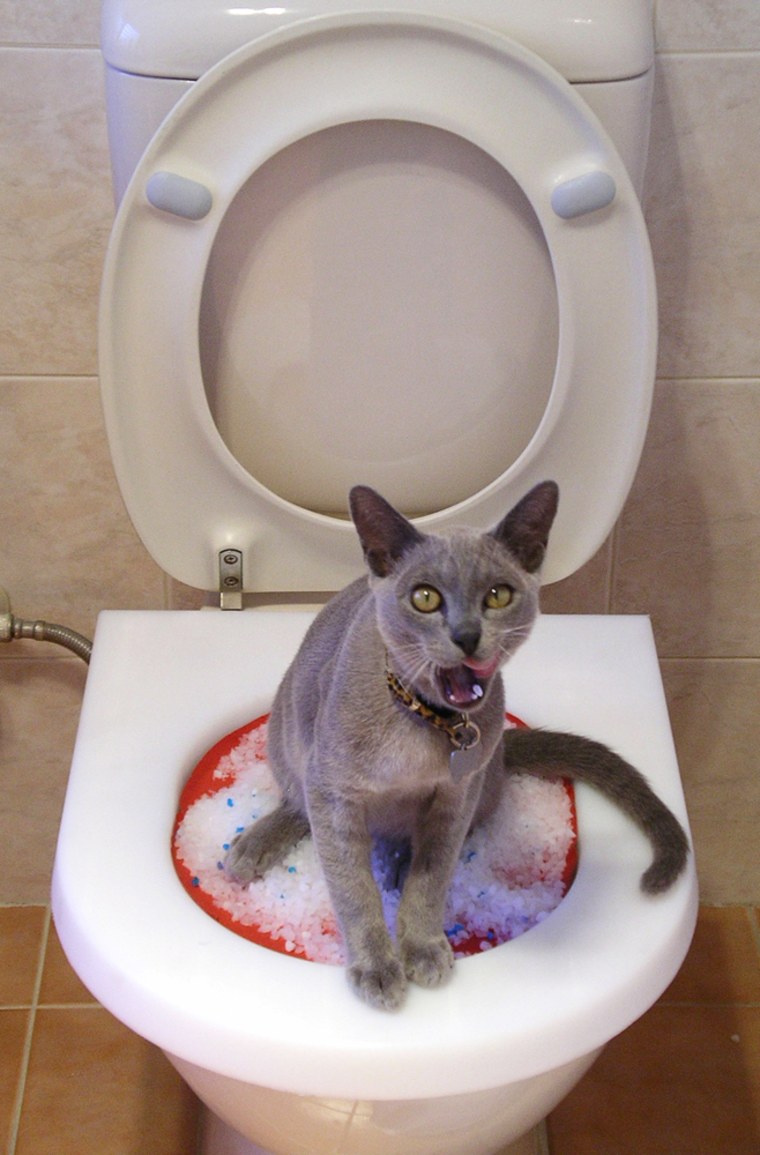Potential Risks of Flushing Cat Poop Down Your Toilet - Advice for Better Disposal
Potential Risks of Flushing Cat Poop Down Your Toilet - Advice for Better Disposal
Blog Article
On this page in the next paragraph yow will discover a lot of wonderful resources related to How to Dispose of Cat Poop and Litter Without Plastic Bags.

Introduction
As pet cat proprietors, it's vital to be mindful of exactly how we take care of our feline pals' waste. While it may appear hassle-free to purge pet cat poop down the commode, this technique can have damaging consequences for both the setting and human health and wellness.
Alternatives to Flushing
Fortunately, there are more secure and more accountable means to dispose of feline poop. Consider the adhering to alternatives:
1. Scoop and Dispose in Trash
One of the most typical method of getting rid of cat poop is to scoop it into a naturally degradable bag and toss it in the trash. Make sure to use a dedicated litter inside story and dispose of the waste immediately.
2. Usage Biodegradable Litter
Opt for biodegradable cat clutter made from materials such as corn or wheat. These clutters are environmentally friendly and can be securely thrown away in the trash.
3. Bury in the Yard
If you have a backyard, take into consideration burying feline waste in a designated area away from vegetable yards and water resources. Make sure to dig deep adequate to prevent contamination of groundwater.
4. Set Up a Pet Waste Disposal System
Buy a family pet garbage disposal system especially created for pet cat waste. These systems make use of enzymes to break down the waste, minimizing smell and environmental impact.
Health and wellness Risks
Along with environmental worries, purging feline waste can additionally position health and wellness dangers to humans. Feline feces may have Toxoplasma gondii, a parasite that can trigger toxoplasmosis-- a potentially serious health problem, particularly for expecting ladies and individuals with weakened body immune systems.
Ecological Impact
Flushing cat poop introduces unsafe virus and parasites into the water system, presenting a considerable danger to water communities. These pollutants can negatively influence aquatic life and compromise water high quality.
Verdict
Liable pet ownership extends beyond offering food and sanctuary-- it likewise includes proper waste administration. By refraining from flushing pet cat poop down the commode and opting for alternate disposal methods, we can reduce our environmental impact and shield human health and wellness.
Why Can’t I Flush Cat Poop?
It Spreads a Parasite
Cats are frequently infected with a parasite called toxoplasma gondii. The parasite causes an infection called toxoplasmosis. It is usually harmless to cats. The parasite only uses cat poop as a host for its eggs. Otherwise, the cat’s immune system usually keeps the infection at low enough levels to maintain its own health. But it does not stop the develop of eggs. These eggs are tiny and surprisingly tough. They may survive for a year before they begin to grow. But that’s the problem.
Our wastewater system is not designed to deal with toxoplasmosis eggs. Instead, most eggs will flush from your toilet into sewers and wastewater management plants. After the sewage is treated for many other harmful things in it, it is typically released into local rivers, lakes, or oceans. Here, the toxoplasmosis eggs can find new hosts, including starfish, crabs, otters, and many other wildlife. For many, this is a significant risk to their health. Toxoplasmosis can also end up infecting water sources that are important for agriculture, which means our deer, pigs, and sheep can get infected too.
Is There Risk to Humans?
There can be a risk to human life from flushing cat poop down the toilet. If you do so, the parasites from your cat’s poop can end up in shellfish, game animals, or livestock. If this meat is then served raw or undercooked, the people who eat it can get sick.
In fact, according to the CDC, 40 million people in the United States are infected with toxoplasma gondii. They get it from exposure to infected seafood, or from some kind of cat poop contamination, like drinking from a stream that is contaminated or touching anything that has come into contact with cat poop. That includes just cleaning a cat litter box.
Most people who get infected with these parasites will not develop any symptoms. However, for pregnant women or for those with compromised immune systems, the parasite can cause severe health problems.
How to Handle Cat Poop
The best way to handle cat poop is actually to clean the box more often. The eggs that the parasite sheds will not become active until one to five days after the cat poops. That means that if you clean daily, you’re much less likely to come into direct contact with infectious eggs.
That said, always dispose of cat poop in the garbage and not down the toilet. Wash your hands before and after you clean the litter box, and bring the bag of poop right outside to your garbage bins.
https://trenchlesssolutionsusa.com/why-cant-i-flush-cat-poop/

As a reader about Can You Flush Cat Poo or Litter Down the Toilet?, I assumed sharing that short article was necessary. Do you know somebody else who is fascinated by the subject? Why not share it. I value reading our article about How to Dispose of Cat Poop and Litter Without Plastic Bags.
Appointment Report this page